The mission to demine Ukraine
An estimated quarter of the nation – an area the size of England – is contaminated with landmines and unexploded shells from the war

Ukraine is thought to be one of the most heavily mined countries in the world – and the problem extends way beyond its own borders.
Landmines not only pose a lethal risk to civilians, they also "block farmland, delay reconstruction and threaten commercial shipping routes", said Decode39. As Ukraine is one of the world's leading exporters of corn and wheat, many nations are urgently considering how to help demine the nation after the war ends.
What is the scale of the problem?
Long before Russia invaded in 2022, it had planted mines in Ukrainian territory. Now, a quarter of Ukraine is thought to be contaminated with explosives, said the Institute for International Political Studies – that's an area larger than England. In the past 1,000 days, more than two million landmines have been scattered on Ukrainian territory, said the US Center for European Policy Analysis.
The Week
Escape your echo chamber. Get the facts behind the news, plus analysis from multiple perspectives.

Sign up for The Week's Free Newsletters
From our morning news briefing to a weekly Good News Newsletter, get the best of The Week delivered directly to your inbox.
From our morning news briefing to a weekly Good News Newsletter, get the best of The Week delivered directly to your inbox.
More than six million people live in or near these hazardous areas. Incidents involving mines happen so often that "some residents don't even bother reporting them", said The Guardian. Russian drones scatter mines over the country, and retreating Russian soldiers use them to "turn the civilian roads into death traps".
More than 1,000 people have been injured and 359 killed by mines since the start of the war, according to Ukraine's emergency service. That includes at least 18 children.
What's being done about it?
Ukraine's National Mine Action Centre has produced a map that highlights areas confirmed as hazardous, or suspected of being hazardous, said Bellingcat, as well as areas that have been cleared. The information is "collated from over 80 demining groups".
The Mines Advisory Group, a UK-based charity, has been helping demine Ukraine since 2022, removing what it calls the "contamination" of war. There are "an awful lot of unexploded shells, rockets, grenades, mortars from the fighting," UN mining expert Paul Heslop told The Guardian. We are "looking at a level of complexity, of scale, that we just haven't seen before".
A free daily email with the biggest news stories of the day – and the best features from TheWeek.com
The Halo Trust, with 1,500 staff in Ukraine, is also helping, scrutinising satellite and drone imagery to identify pockets of landmines and explosives, and using AI algorithms to aid the search. But most of the work is still being done on the ground.
Before 2022, only men could work in explosive disposal in Ukraine, but since so many men have been drafted, it's now largely female teams checking the land on their knees, often in high heat and heavy gear. It's "like gardening on steroids", the Mines Advisory Group's Jon Cunliffe, told Prospect magazine. The teams also use specially trained dogs to sniff out TNT; each animal can cover up to 1,500 sq metres a day.
How long will it take to demine Ukraine?
"It is a staggering task," said Prospect. It will take "decades at least" to remove all the landmines from Ukraine. The Ukrainian Association of Humanitarian Demining estimates about 30 years, said Euronews, but it depends how long the war continues. "One day of war is about 30 days of demining," said one expert.
Many contaminated areas are on the front lines, making them impossible to assess, while some mines or unexploded shells are on private land or even in water. The Black Sea, for example, is littered with naval mines. Ukraine has regularly accused Russia of dropping mines from aircraft in "an attempt to disrupt commercial shipping", said RadioFreeEurope.
Since 2022, donors have pledged more than $1 billion (£744 million) for humanitarian demining, according to The Odessa Journal. But the World Bank estimates the total cost of demining Ukraine at $37 billion (£28 billion).
Are mines returning to Europe?
This summer, Ukraine announced its intention to leave the Ottowa Treaty, a landmark agreement banning anti-personnel landmines. Poland, Finland, Estonia, Latvia and Lithuania have also withdrawn, blaming threats from neighbouring Russia.
The "indiscriminate nature of anti-personnel landmines" is why they were banned back in 1999, said Prospect. It was a "huge victory" that led to a 95% reduction in landmine casualties in just 15 years. That's why Ukraine's decision to "suspend" its obligations has been "met with such confusion" and "international outrage". "But for many Ukrainians, the answer is simple: Russia."
Russia, along with the US and China, never signed the treaty. As signatory states were destroying their stockpiles, Russia was "busily producing more landmines than any other country in the world", said The Telegraph, "amassing over 26 million by 2024". Now, Nato countries bordering Russia have decided that deterring invasion "requires a defensive measure that would once have been inconceivable". From the north of Finland down to eastern Poland, a "new and explosive iron curtain is about to descend across Europe".
Harriet Marsden is a senior staff writer and podcast panellist for The Week, covering world news and writing the weekly Global Digest newsletter. Before joining the site in 2023, she was a freelance journalist for seven years, working for The Guardian, The Times and The Independent among others, and regularly appearing on radio shows. In 2021, she was awarded the “journalist-at-large” fellowship by the Local Trust charity, and spent a year travelling independently to some of England’s most deprived areas to write about community activism. She has a master’s in international journalism from City University, and has also worked in Bolivia, Colombia and Spain.
-
 8 incredible destinations to visit in 2026
8 incredible destinations to visit in 2026The Week Recommends Now is the time to explore Botswana, Mongolia and Sardinia
-
 Wave of cancellations prompt Kennedy Center turmoil
Wave of cancellations prompt Kennedy Center turmoilIN THE SPOTLIGHT Accusations and allegations fly as artists begin backing off their regularly scheduled appearances
-
 The dark side of how kids are using AI
The dark side of how kids are using AIUnder the Radar Chatbots have become places where children ‘talk about violence, explore romantic or sexual roleplay, and seek advice when no adult is watching’
-
 Did Trump just end the US-Europe alliance?
Did Trump just end the US-Europe alliance?Today's Big Question New US national security policy drops ‘grenade’ on Europe and should serve as ‘the mother of all wake-up calls’
-
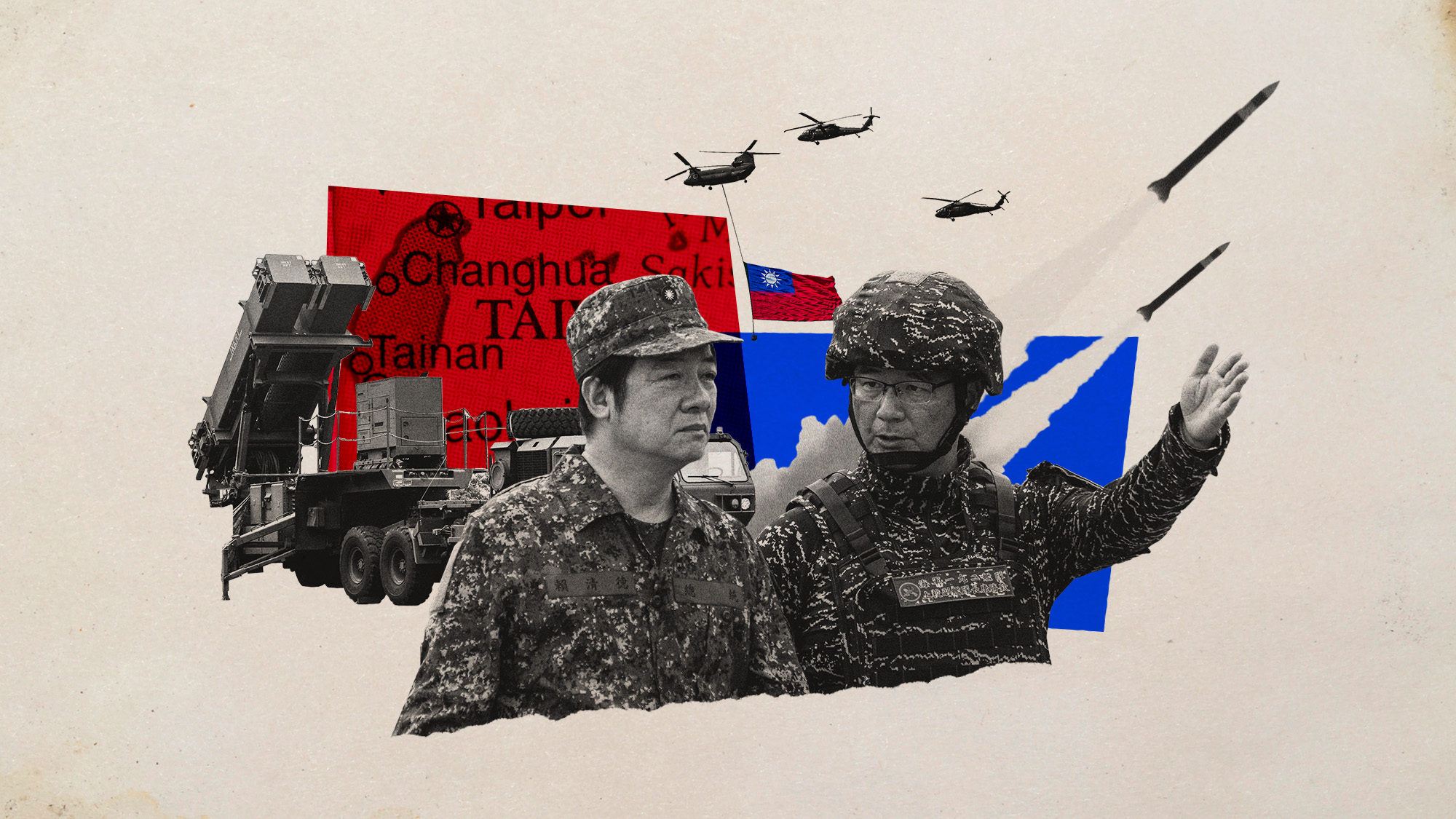 Taiwan eyes Iron Dome-like defence against China
Taiwan eyes Iron Dome-like defence against ChinaUnder the Radar President announces historic increase in defence spending as Chinese aggression towards autonomous island escalates
-
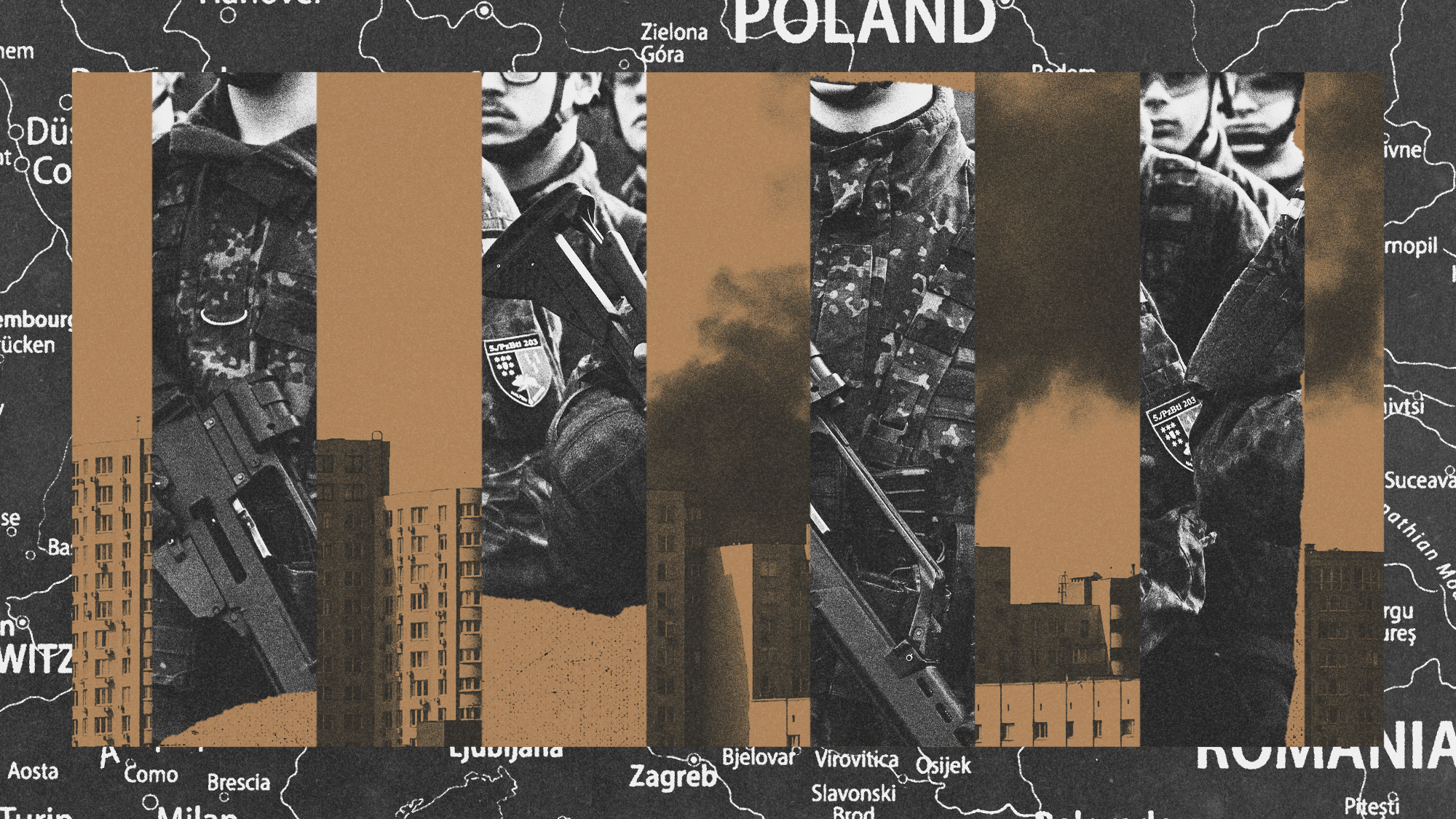 Is conscription the answer to Europe’s security woes?
Is conscription the answer to Europe’s security woes?Today's Big Question How best to boost troop numbers to deal with Russian threat is ‘prompting fierce and soul-searching debates’
-
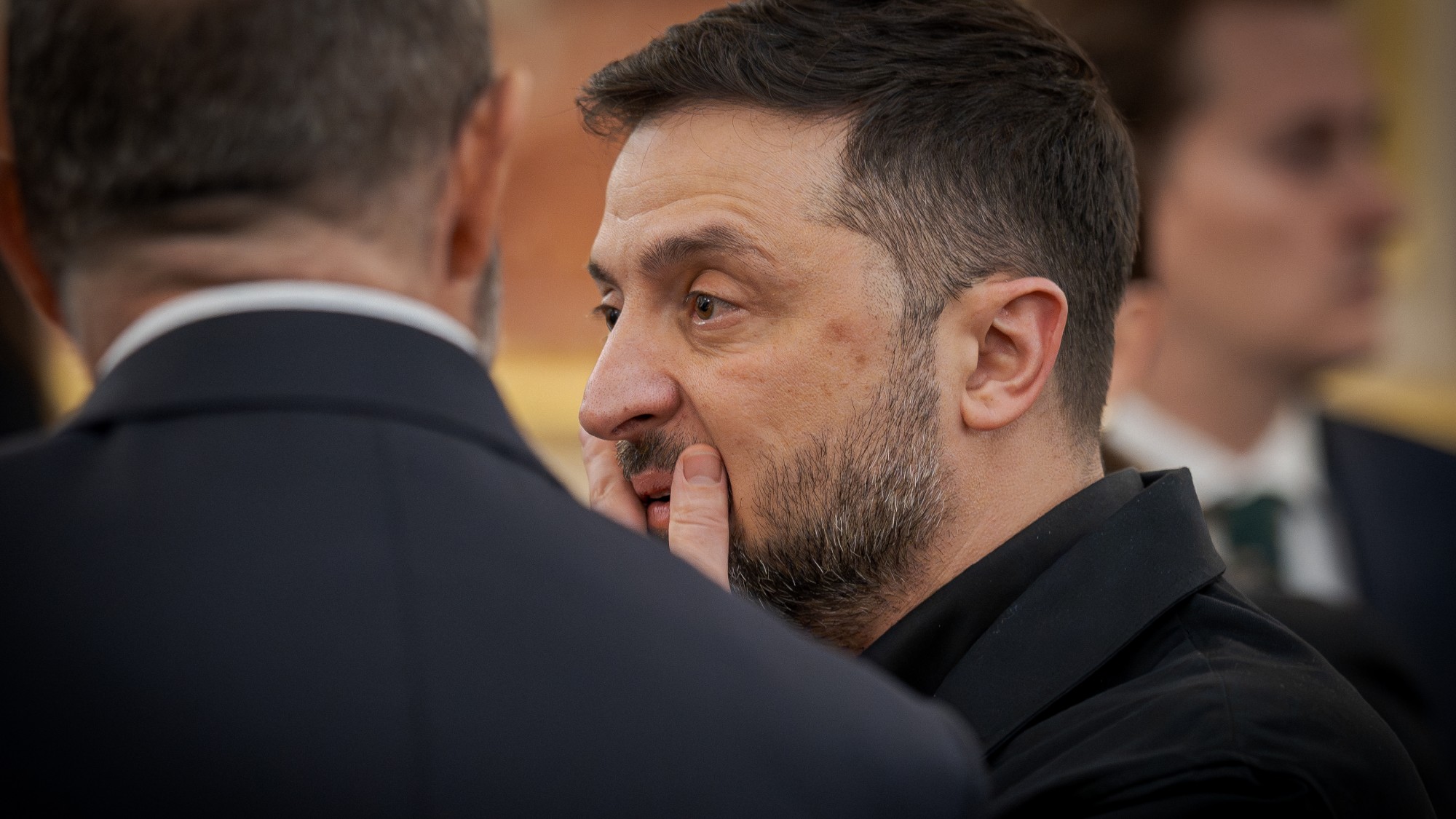 Trump peace deal: an offer Zelenskyy can’t refuse?
Trump peace deal: an offer Zelenskyy can’t refuse?Today’s Big Question ‘Unpalatable’ US plan may strengthen embattled Ukrainian president at home
-
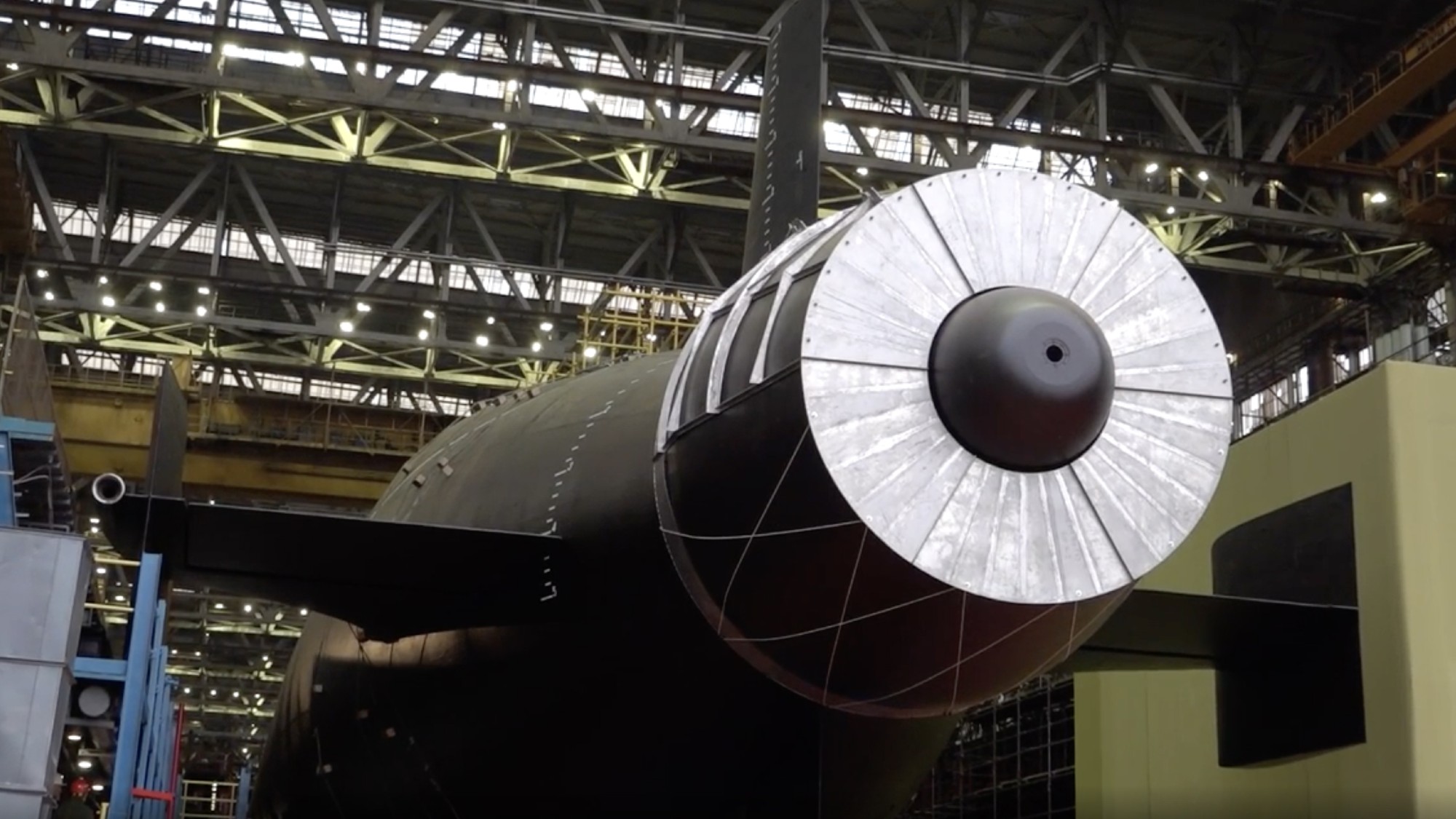 Vladimir Putin’s ‘nuclear tsunami’ missile
Vladimir Putin’s ‘nuclear tsunami’ missileThe Explainer Russian president has boasted that there is no way to intercept the new weapon
-
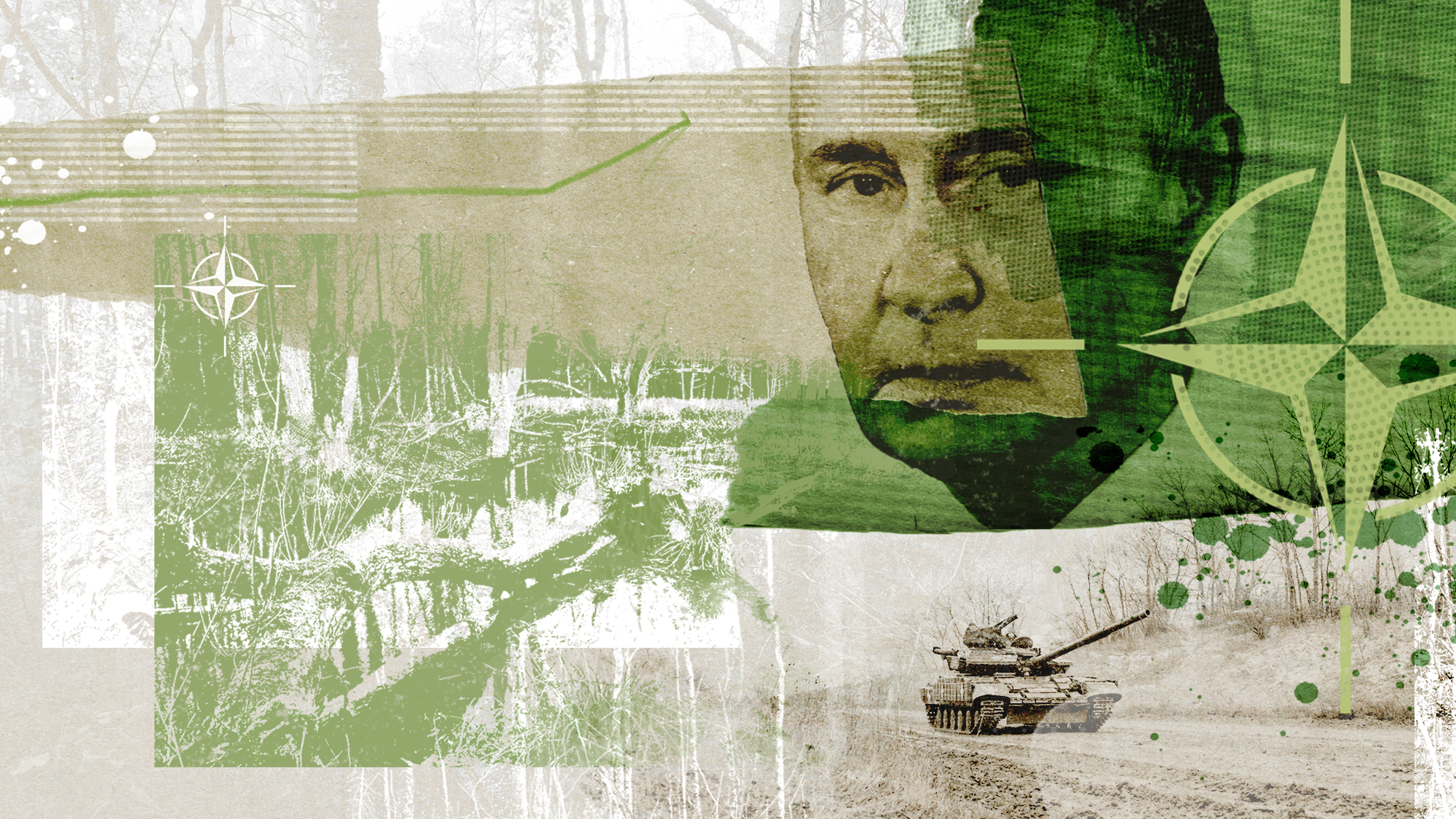 The Baltic ‘bog belt’ plan to protect Europe from Russia
The Baltic ‘bog belt’ plan to protect Europe from RussiaUnder the Radar Reviving lost wetland on Nato’s eastern flank would fuse ‘two European priorities that increasingly compete for attention and funding: defence and climate’
-
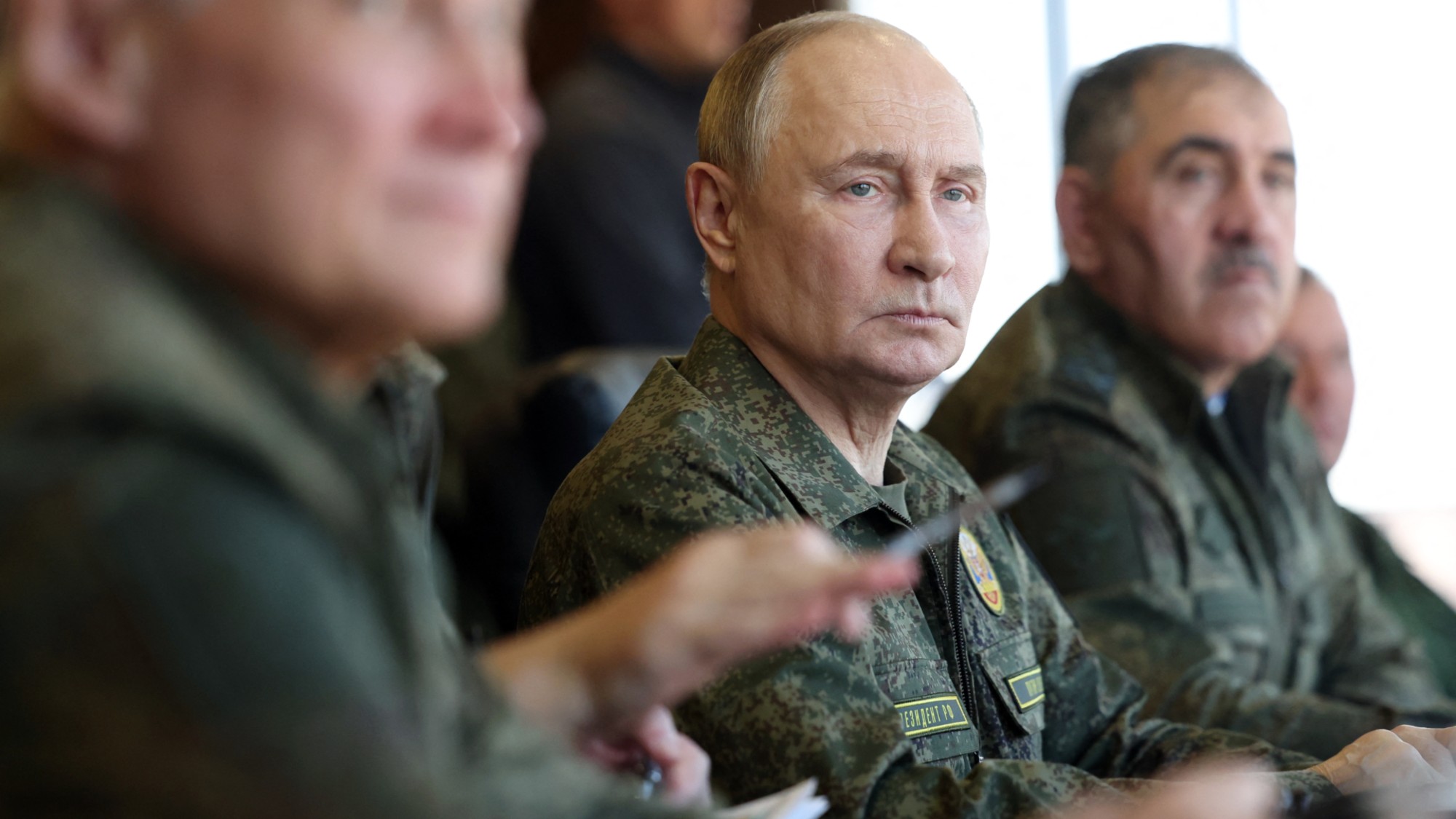 How should Nato respond to Putin’s incursions?
How should Nato respond to Putin’s incursions?Today’s big question Russia has breached Nato airspace regularly this month, and nations are primed to respond
-
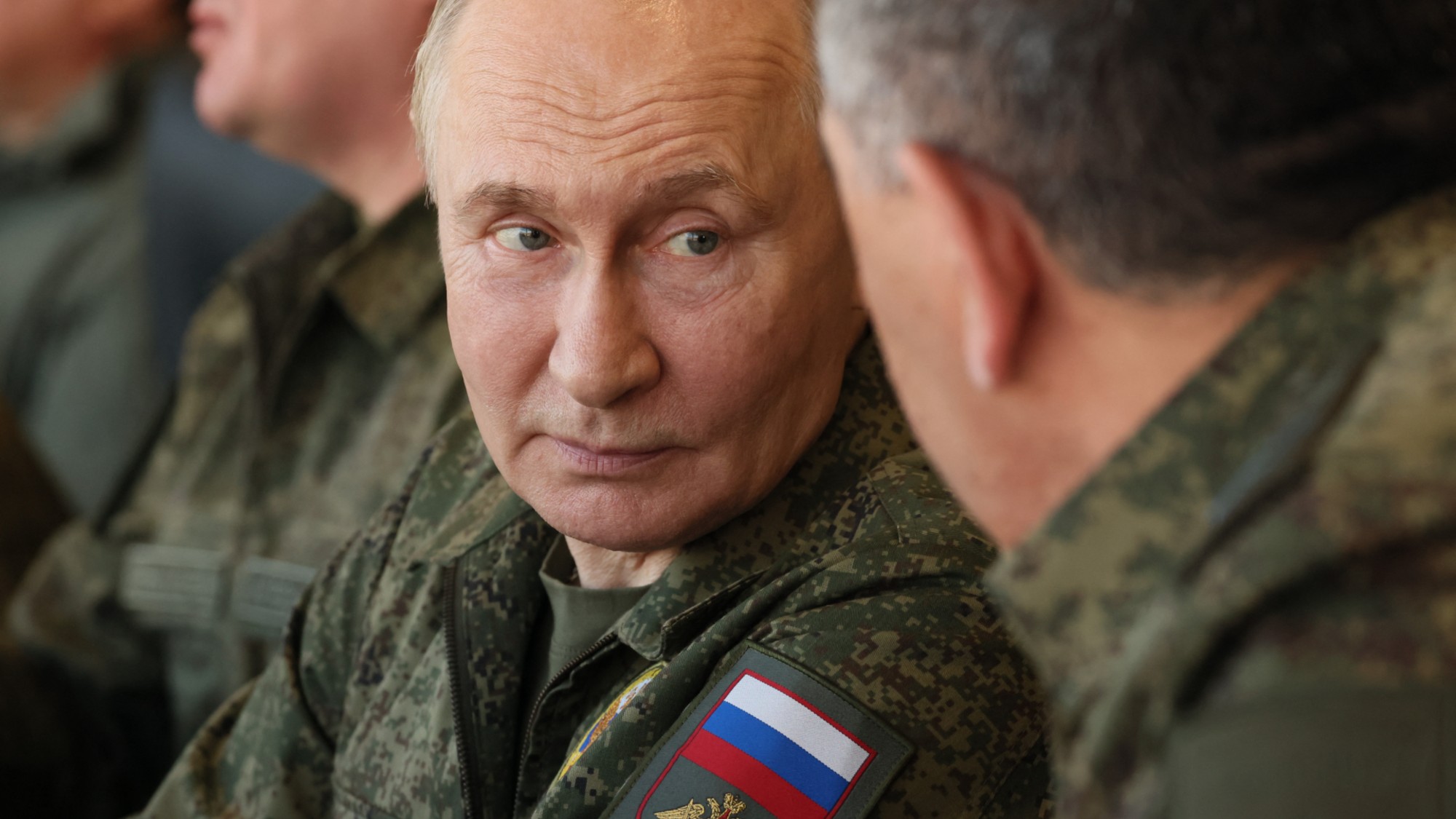 Russia’s war games and the threat to Nato
Russia’s war games and the threat to NatoIn depth Incursion into Poland and Zapad 2025 exercises seen as a test for Europe